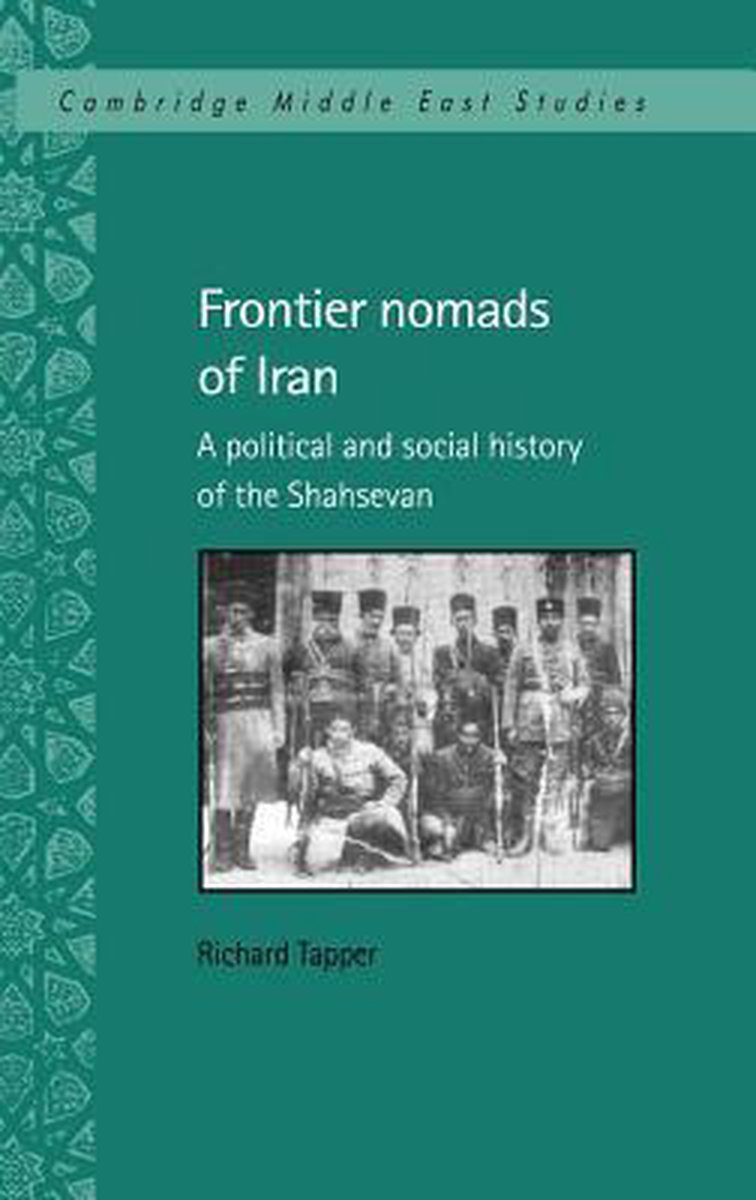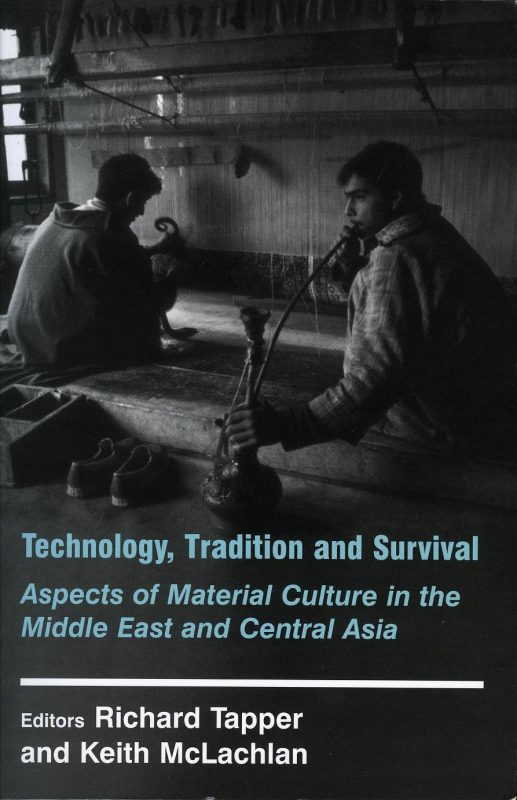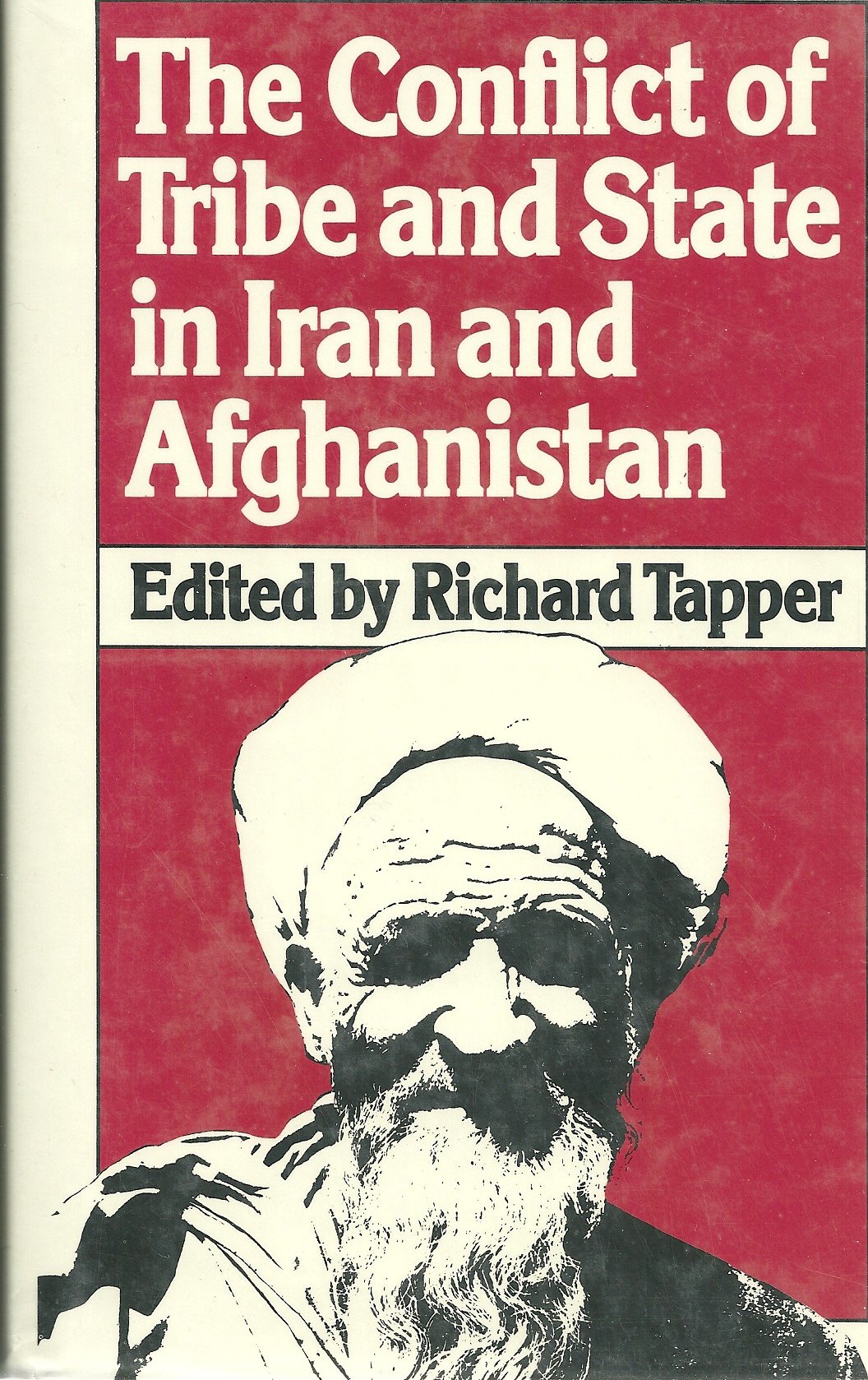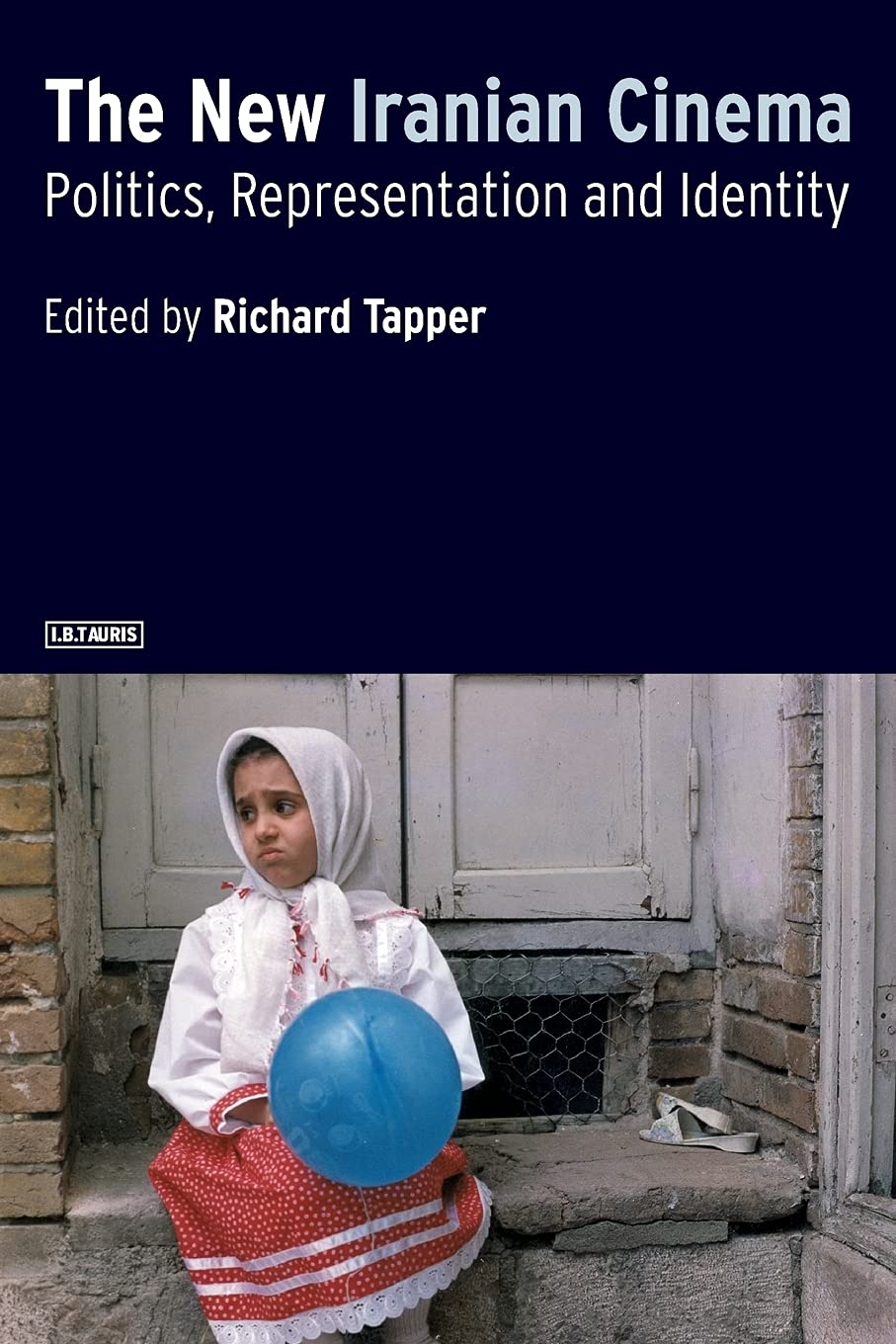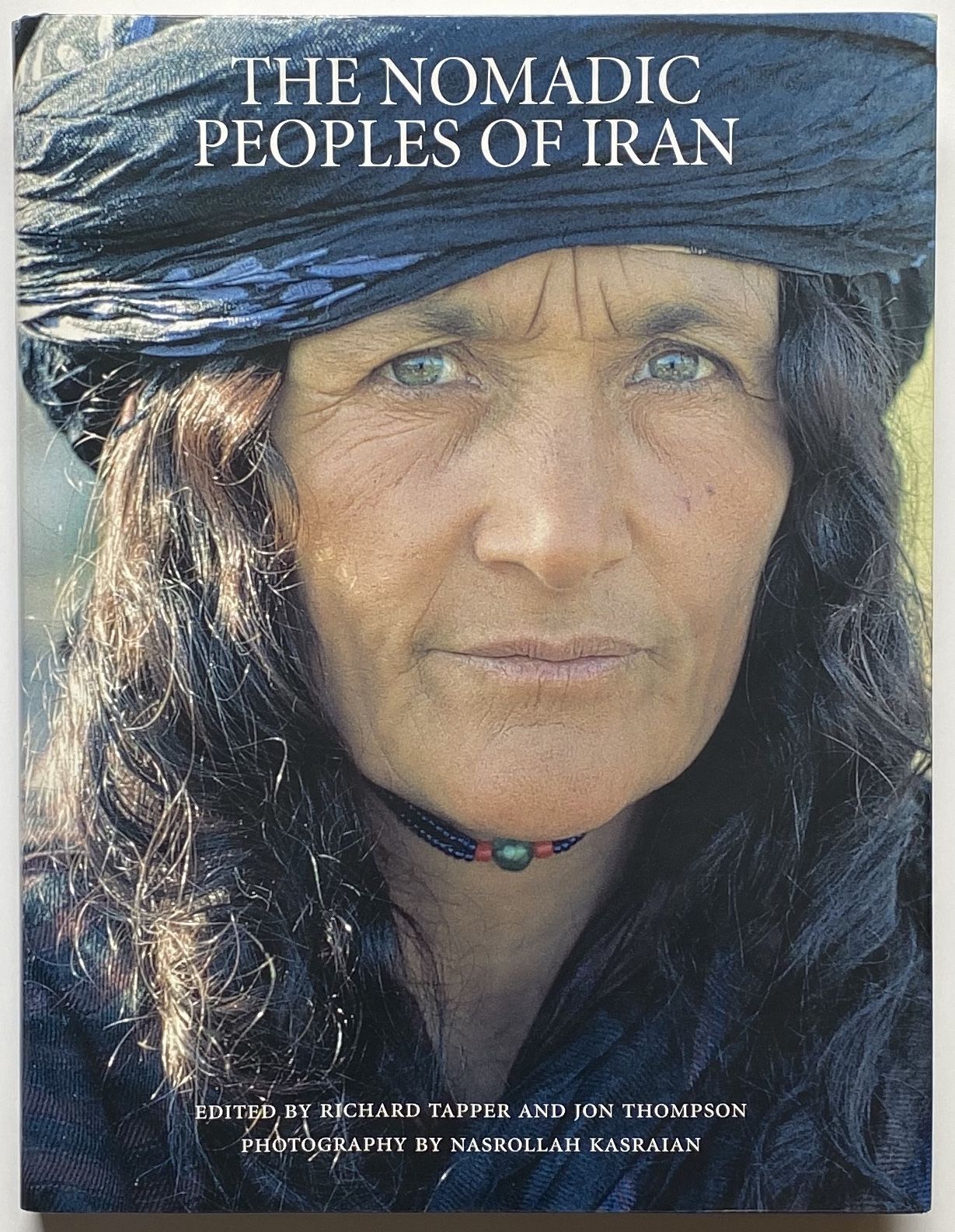Afghan Village Voices: Stories from a Tribal Community
Afghanistan in the 20th century was virtually unknown in Europe and America. At peace until the 1970s, the country was seen as a remote and exotic land, visited only by adventurous tourists or researchers. Afghan Village Voices is a testament to this little-known period of peace and captures a society and culture now lost. The Piruzai – a rural Afghan community of some 200 families who farmed in northern Afghanistan and in summer took their flocks to the central Hazârajât mountains – are the narrators in this collection of remarkable stories, folktales and conversations, which provides unprecedented insight into the depth and colour of their lives. Recorded in the early 1970s, the stories range from memories of the Piruzai migration to the north a half century before, to the feuds, ethnic strife and the doings of powerful khans. There are also stories of falling in love, elopements, marriages, childbirth and the world of spirits. The book includes vignettes of the narrators, photographs, maps and a full glossary. It is a remarkable document of Afghanistan at peace, told by a people whose voices have rarely been heard.
More info →Frontier Nomads of Iran: a Political and Social History of the Shahsevan
Based on three decades of ethnographic fieldwork and documentary research, this book traces the political and social history of the Shahsevan, one of the major nomadic peoples of Iran. It is a dramatic story, recounting the mythical origins of the tribes, their unification as a confederacy and their eventual decline. In its synthesis of anthropology and history, the book will make a major contribution to the study of the Middle East and Central Asia, and also to current debates on tribe-state relations and the relationship between identity and history.
Awarded prize as best anthropological study of Iran by Ministry of Culture And Islamic Guidance, Iran, 1380/2001
(Turkish translation: İran’ın Sınır Boylarında Göçebeler: Şahsevenlerin Toplumsal ve Politik Tarihi, Istanbul, Imge Kitabevi, 2004; Persian translation: Tarikh-e Siasi-ye ejtema‘i-ye Shahsevan-ha-ye Moghan, Tehran, Akhtaran, 2005.
More info →Islam in Modern Turkey: Religion, Politics and Literature in a Secular State
When the Turkish republic was founded in 1923, secularism was adopted as one of the key principles of the new state, and religious expression was brought under strict government supervision. Republican ideology and its associated institutions came to dominate much of everyday life. Only after 1950, when the centre-right Democrat party was elected, did this repressive attitude to religion cease. The growth in popular religious sentiment became particularly evident in the 1980s with the proliferation of religious newspapers and literature. Relatively little has been written about this steady resurgence of Islam in Turkey. The essays in this book, written by specialists from a variety of disciplines, look at the role of Islam in daily life. They also raise the question of the extent to which Turkey may still be said to be unique case in the Islamic world.
Turkish translation: Çagdas Türkiye’de Islam: Din, Siyaset, Edebiyat ve Laik Devlet, Istanbul, Sarmal Yayınevi, 1993.
More info →
Pasture and Politics: Economics, Conflict and Ritual among Shahsevan Nomads of Northwestern Iran
Pastoral nomads have often been portrayed as fundamentally different from settled peoples in their culture and social organization. They are assumed to be free of the ties that bind villagers to their homes and land. With this freedom and mobility, moreover, they are thought to be naturally both independent and capable of uniting effectively against outsiders – and they are notoriously lax in matters of religion.
Questioning the validity of such stereotypes, the author examines the relation between grazing rights, local community politics and ritual behaviour among the Shahsevan nomads of northeastern Azarbayjan, in Iran. At the time of the fieldwork on which the books is based the Shahsevan, unlike pastoral nomads described by other writers, operated a system whereby individuals held and inherited exclusive rights in particular pastures, and could sell or rent them to other people. The book shows how this system gave rise to distinctive patterns of inequality and competition within the primary nomadic communities, how these political relations were expressed, and how leaders would regulate them by control of symbolic institutions and ritual activities associated with the communities.
In the first chapter of the book the author underlines the importance of these issues for comparative and theoretical study, while the final chapter places the Shahsevan in a broader perspective by comparing them with some other societies, drawing some general conclusions about the relation between territorial and political organization.
More info →Technology, Tradition and Survival: Aspects of Material Culture in the Middle East and Central Asia
Technology, Tradition and Survival describes aspects of traditional science, technology and material culture in the Middle East and Central Asia. Contributors address three related themes: first, the history, variety and sophistication of traditional science in these regions; second, their influence on the history of Europe and the West; third, the threat posed by modern Western technologies to the survival of traditional technologies that have continuing value according to today's standards of sustainability and appropriateness to local cultural, social and ecological conditions. There is a clear need for the conservation of some artefacts that are under threat of extinction. Individual chapters focus on specific aspects of technology and material culture: science and medicine; water technologies; vernacular architecture; fixed buildings and the mobile tents of nomads; looms and weaving; and the structure of bazaars.
More info →Tribe and State in Iran and Afghanistan
In 1978 and 1979, revolutions in Afghanistan and Iran marked a shift in the balance of power in South West Asia and the world. Shaken by events in Iran and the Soviet occupation of Afghanistan, the world has once more been made aware that tribalism is no anachronism in a struggle for political and cultural self-determination.
In Afghanistan the Soviet army is encountering touch opposition from tribesmen, while in Iran the onset of the revolution have the tribes, many of which are separate minority nations, an opportunity to move towards independence. Indeed, Iran is still threatened by the possibility that it may break up into smaller national units.
Much new research in this book provides historical and anthropological perspectives necessary to the eventual understanding of the events surrounding the revolutions.
This is a reprint of the original 1983 edition published by Croom Helm.
More info →
The New Iranian Cinema: Politics, Representation and Identity
Iranian cinema is today widely recognized not merely as a distinctive national cinema, but as one of the most innovative in the world. This international stature both fascinates Western observers and appears paradoxical in line with perceptions of Iran as anti-modern. The largely Iranian contributors to this book look in depth at how Iranian cinema became a true ‘world cinema’. From a range of perspectives, they explore cinema’s development in post Revolution Iran and its place in Iranian culture.
Turkish translation: Yeni İran Sineması: Siyaset, Temsil ve Kimlik, Istanbul, Kapı Yayınları, 2007.
More info →
The Nomadic Peoples of Iran
With the 1978-79 Revolution in Iran, the Pahlavi dynasty fell and was replaced by the Islamic Republic. In the decades since the Revolution all sectors of Iranian society, from the middle-class villas of northern Tehran to the remotest villages and nomad camps, have undergone profound changes. For many years the country was difficult of access by outsiders. Foreign media provided images of bearded men toting guns, veiled women in the cities and the horrors of the war with Iraq, yet little was known of what was going on in the countryside. Some nomad tribes were reported to be barely surviving after suffering discrimination and reductions in numbers in the last years of the Pahlavis, whereas others were said to be experiencing something of a renaissance.
This book documents the life of the nomads in Iran at the end of the twentieth century. The magnificent photographs, mostly taken in the 1980s by the distinguished Iranian photographer Nasrollah Kasraian, reveal that many features of nomadic life remained as they had been for decades. In the 1990s, as access grew easier, it became clear that although the nomads were far from finished, rapid population growth, mounting pressure on limited resources, overgrazing, soil erosion and changing economic conditions had forced some nomads to settle, while others faced an uncertain future.
The seventeen essays in this book provide authoritative and accessible accounts of important aspects of the material culture and society of the main nomadic peoples of Iran. The authors include anthropologists, ethnographers, geographers and other specialists who lived for extended periods with different nomadic groups in the 1960s and 1970s, and in most cases have revisited the same peoples since the Revolution.”
More info →

